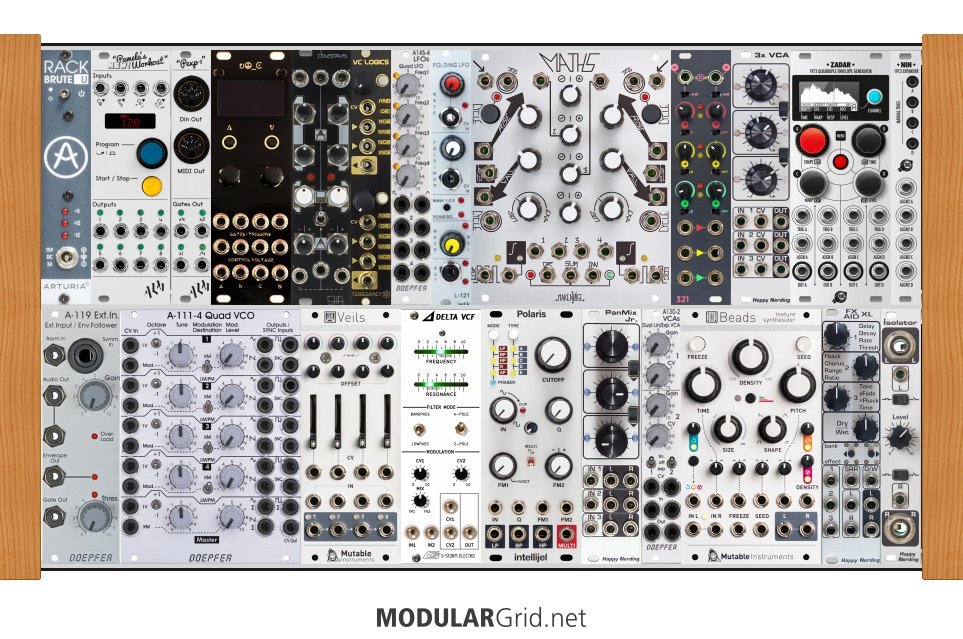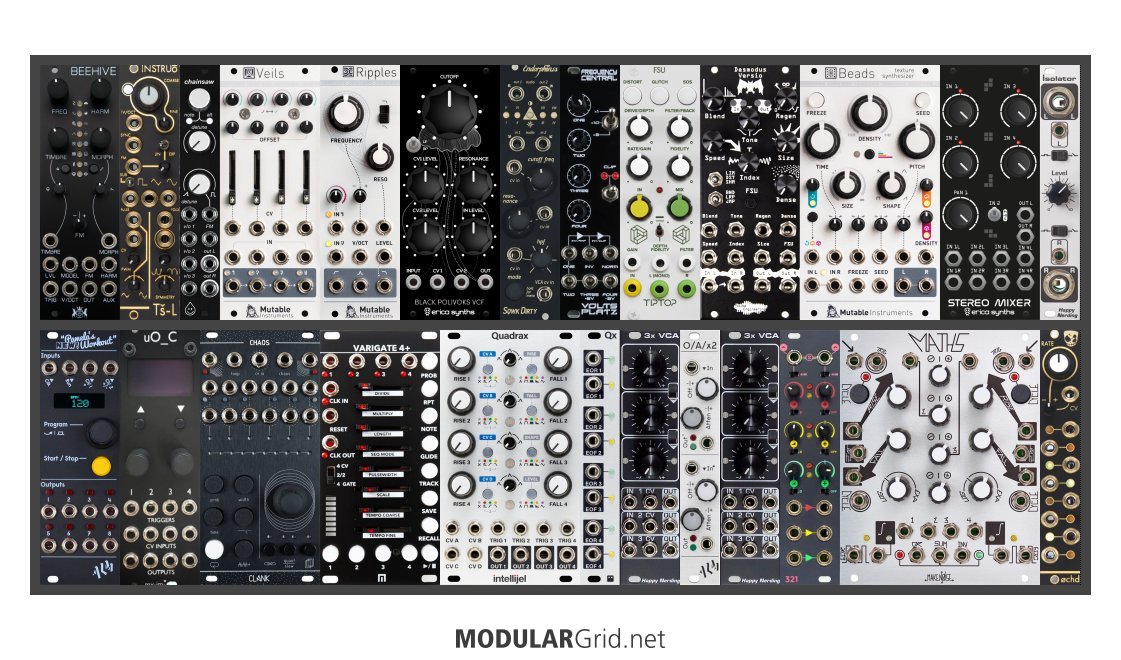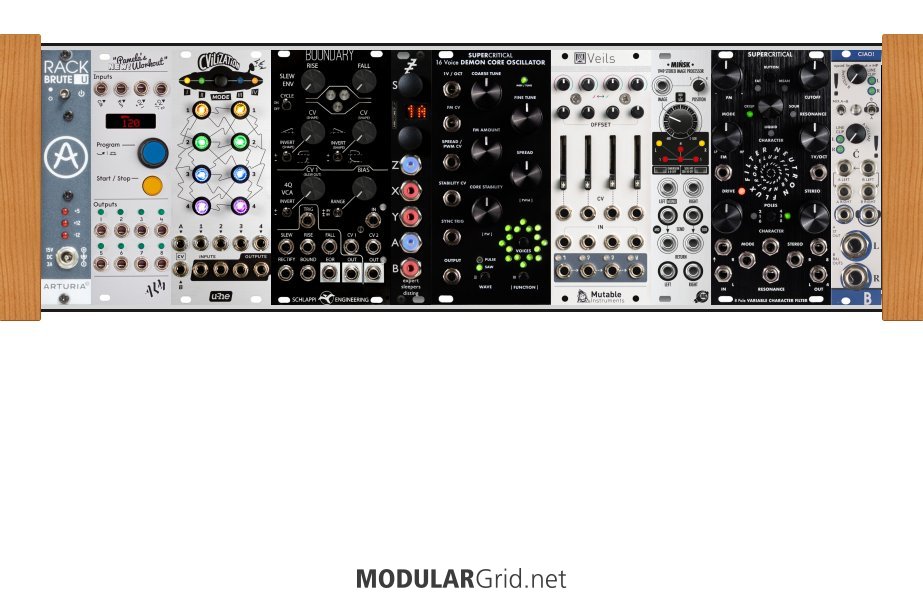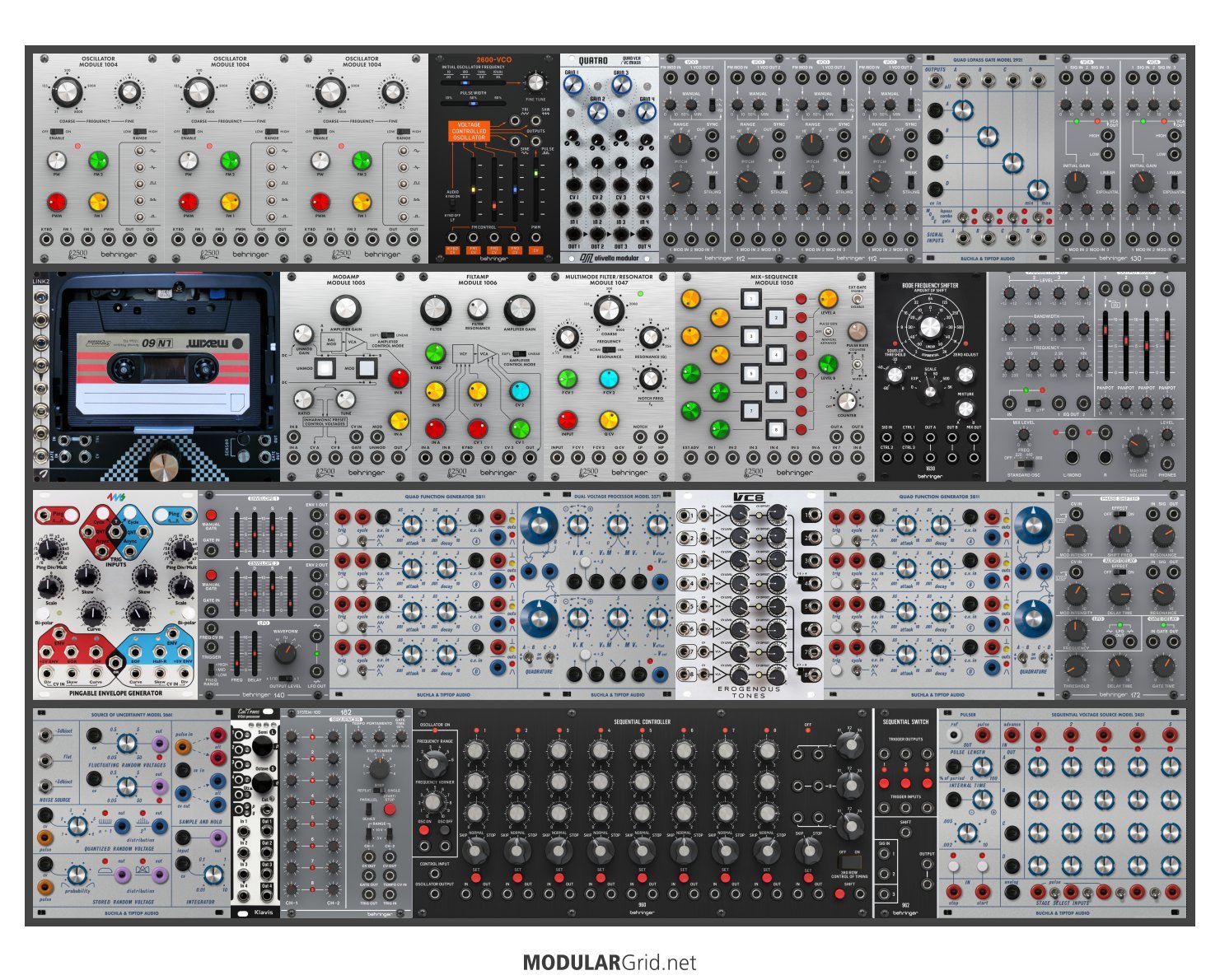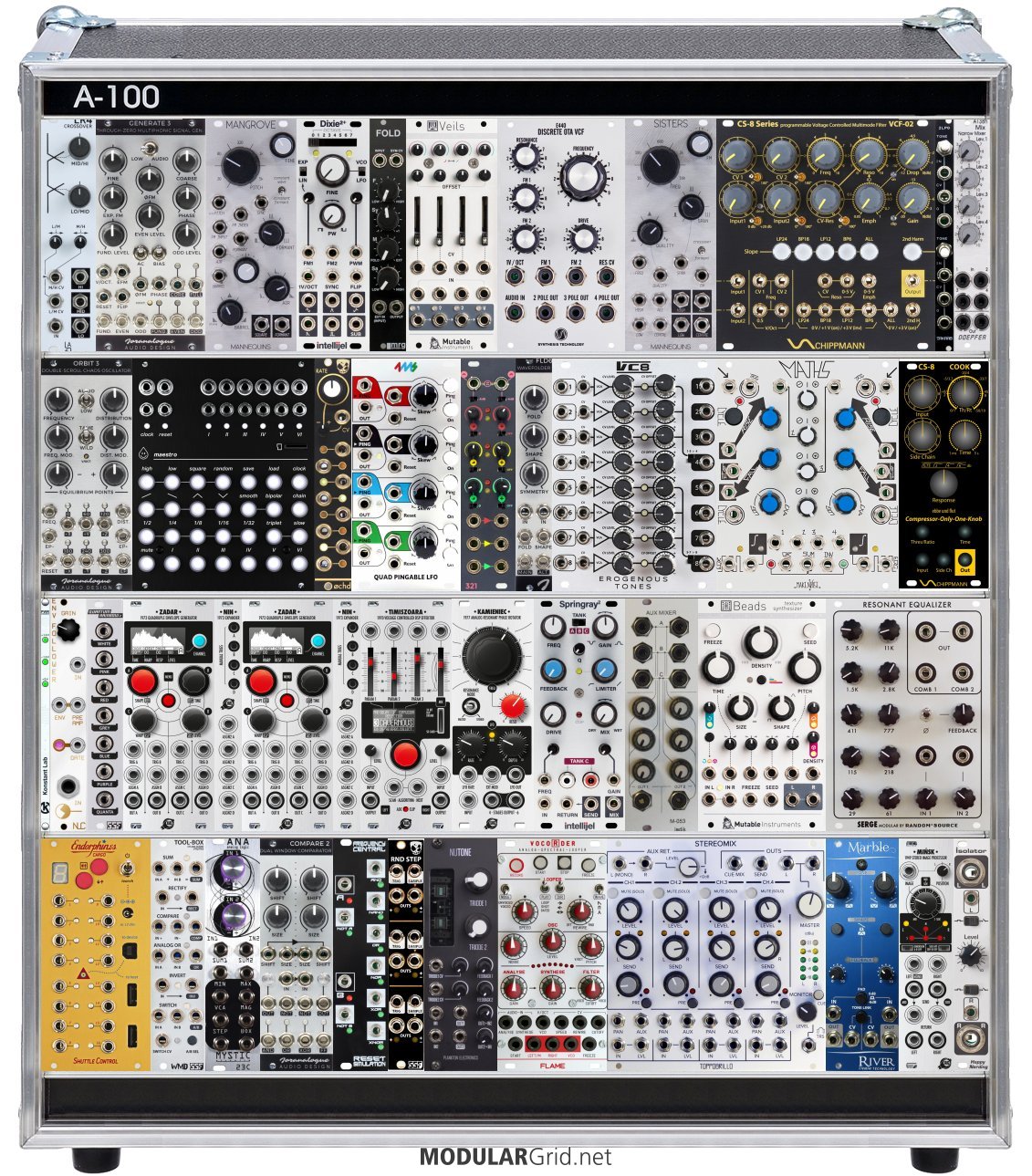OK...it's the latter half of 2021. Modular synth tech has reached a point where you can get bits and pieces even at certain big box stores. Recording tech has also reached a similar paradigm in that you can slap together a top-shelf multitrack for a couple grand; when I began, a couple grand might get you ONE circuit card out of a Studer A820. Synclaviers have become something you can get...at least in VERY comprehensive and accurate software versions...at Guitar Center for a few hundred bucks. Same goes for the Fairlight IIx. Every processor you can think of...even ones that would cost you a cool $20K+...is now out there as VSTs, often dead-on-accurate to the point that they're indistinguishable from hardware.
But just looking at Eurorack alone, we have a situation where if you want a vintage device, you can have that. Oh, sure, some VERY obscure things haven't been made available in the format, but even some of THAT is out there. Take G-Storm's Syrinx VCF, for instance. A real Synton Syrinx would cost you...hmm, I can't count that high. But if you want the "magic part" from it, that being the formant filter itself, it'll run you $320.
It was a couple of weeks ago, though, when I realized what a strange position we're in these days. It was the intro of the Tiptop/Buchla modules, and I couldn't help but think that we have come a LOOOOONG way in all of this. Consider:
If you want a Buchla 100, there's ways to get that via LA67, Tokyo Tape Music Center, maybe Buchla (haven't heard anything about their 100 series reissues as of late)
If you want a Buchla 200, same deal.
Moog 55/IIIp/c, etc? Behringer plus several other makers.
ARP 2500? You can pick either Phil Cirocco's version or Uli's.
ARP 2600? Modules out of that are in the MG database, plus Uli gave us a proper one while Korg continues to flounder around in the wake of the 2600FS fiasco. Meanwhile, the Antonius and TTSH are still out there for those who want the 1:1 experience.
E-Mu modular? Dave Rossum's got you, and he's even pushed the old E-Mu ideas further in the Rossum modules.
There's also digital-based modules that do things that we only DREAMED of back c. 1980, in the halcyon pre-MIDI era. Granular synthesis used to require things such as the ISPW (IRCAM Sound Processing Workstation) and a fast NeXTcube to run it on or, if you go back even further, DEC mini-mainframes (which are also pretty much what the original Synclavier's engine ran on). And don't EVEN get me started on how sequencer tech has metastasized and metamorphed.
And this all prompts the question: "Where does this go NEXT?" Hell, Eurorack systems have become SO commonplace that it's not unusual to see someone working with a skiff or cab...and not just one, either. I remember seeing Animal Collective on Colbert a couple of years ago, and I think I counted three separate(ish...there's really no such thing as "separate" modular synths in the end, after all) Euro skiffs amongst the pile of other toys.
So where is all of this heading? If you wonder what the answer is to that, just like I do, toss around some ideas in the comments and maybe we can cook up a few bits of the future.

